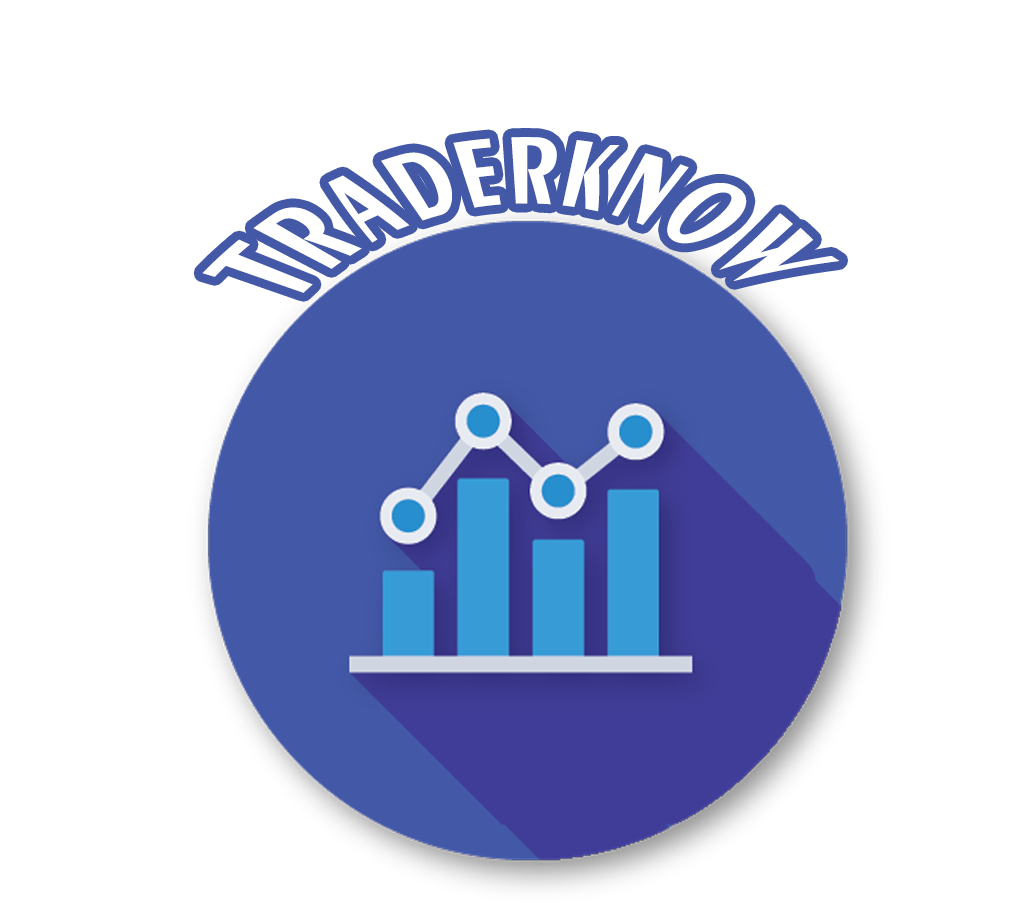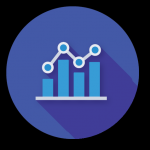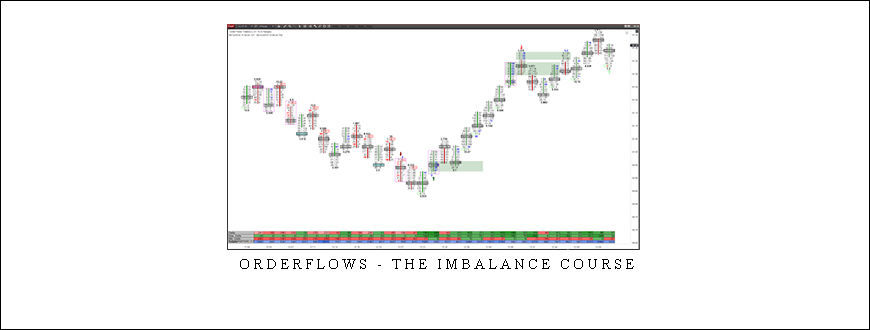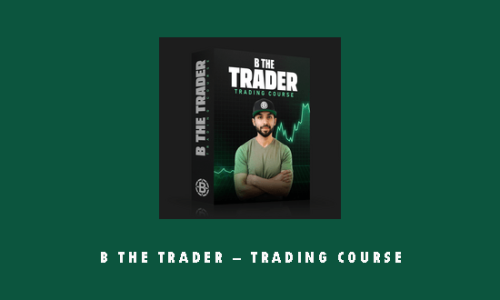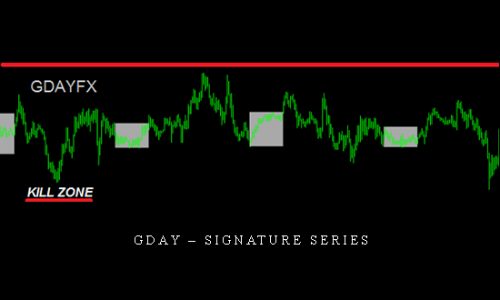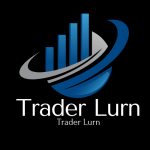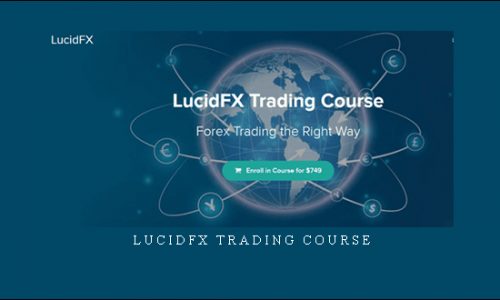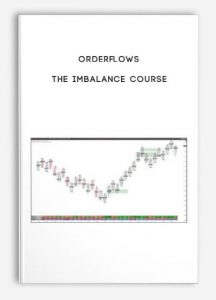
Orderflows – The Imbalance Course
People (not traders) like to theorize that everything that happens in the market is random, that there is no direction trade going on. I say let them keep on believing that for they are the ones who provide the money that successful traders earn. The very next trade hitting the market may be random, but a big buying order being executed in the market is not a random event, it was caused by something to prompt the trader to react a certain way. What I care about is seeing that big order and determining if it is important and will cause other traders to also come to the market and for the market to move.
When dealing with imbalances, there are there are individual imbalances which can mean nothing or mean everything. There are also stacked and multiple imbalances which can matter or not. A stacked imbalance can be a clear sign of an institution putting on a new position and be very important or it can occur when an institution is getting out of a position and mean very little.
Once a trader understands what an imbalance means, if anything, reading what the market is doing becomes a lot easier.
There are no Holy Grails in the trading world. If anyone tries to tell you that, run away – fast. The way you become successful is learning how to understand what the market is telling you and to trade using market generated information.
Order flow imbalances are the only way to see what the institutions are doing right now in the market so that you can trade off that information.
JOIN TODAY TO LEARN A LOT MORE ABOUT ORDER FLOW IMBALANCES.
WHAT YOU’LL LEARN INSIDE…
MODULE #1 – WHAT ARE IMBALANCES
MODULE #2 – INDIVIDUAL, STACKED AND MULTIPLE IMBALANCES
MODULE #3 – IMPROVE YOUR TRADING WITH IMBALANCES
MODULE #4 – IMBALANCE TRADE SETUPS
MODULE #5 – WRAPPING UP IMBALANCES
In this module I wrap up “The Imbalance Course.” Here you will see different charts and market conditions, by now you should be able to determine what is happening in the market based on the types of imbalances you see appearing.
Trading Course
So what is trading?
Trade involves the transfer of goods or services from one person or entity to another, often in exchange for money.
Economists refer to a system or network that allows trade as a market.
An early form of trade, barter, saw the direct exchange of goods and services for other goods and services.
Barter involves trading things without the use of money. When either bartering party started to involve precious metals,
these gained symbolic as well as practical importance.[citation needed] Modern traders generally negotiate through a medium of exchange,
such as money. As a result, buying can be separated from selling, or earning. The invention of money (and later of credit,
paper money and non-physical money) greatly simplified and promoted trade.
Trade between two traders is called bilateral trade, while trade involving more than two traders is called multilateral trade.
Also Get Orderflows – The Imbalance Course on Traderknow.com
Visit more course: FOREX TRADING COURSE
The same course: Bill Williams Eduard Altmann SMB Simpler Trading Van Tharp Atlas Api Training Trading Template Sunil Mangwani Sunil Mangwani Frank Paul . Also Market Delta Tradingacademy Simplertrading Urbanforex. Also Candlechartscom Dan Sheridan Pipsociety Atlas Api Training TopTradeTools Todd Mitchell Jerry Singh OpenTrader Alexandertrading Daytradingzones
Please contact email: [email protected]
Course Features
- Lectures 0
- Quizzes 0
- Duration 45 hours
- Skill level All levels
- Language English
- Students 91
- Assessments Yes
